In the vast wilderness, big cats are known as the apex predators. Their stealth and prowess have intrigued humans for centuries. These majestic felines, including lions, tigers, leopards, and cheetahs, possess incredible adaptations that allow them to hunt with remarkable precision and silence. But how exactly do these predators manage to approach their prey without making a sound? In this article, we delve into the fascinating behaviors and physical traits that make big cats the master stalkers of the animal kingdom.
The Art of Stealth: Evolutionary Advantages
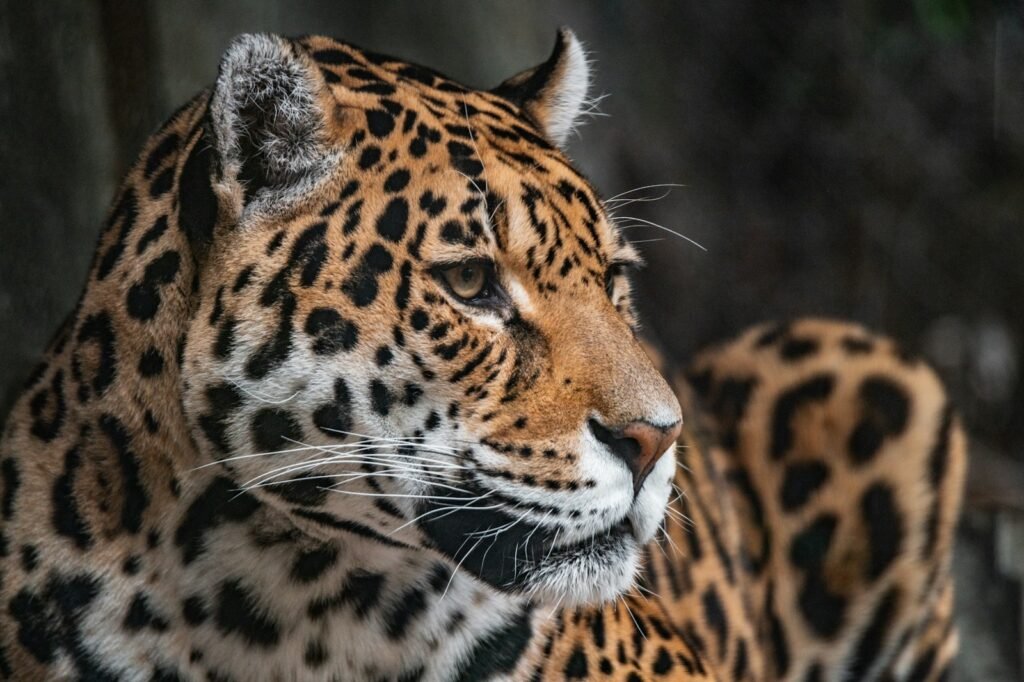
Big cats have evolved over millions of years to become highly efficient hunters. Their stalking abilities are not just a learned behavior but are ingrained in their genetic makeup. From their physical anatomy to behavioral strategies, every aspect of the big cats’ stalking technique has been honed to maximize their hunting success. Their evolution has favored traits that enhance stealth, from sensory adaptations to silent movement capabilities.
Padded Paws: Silent Steps
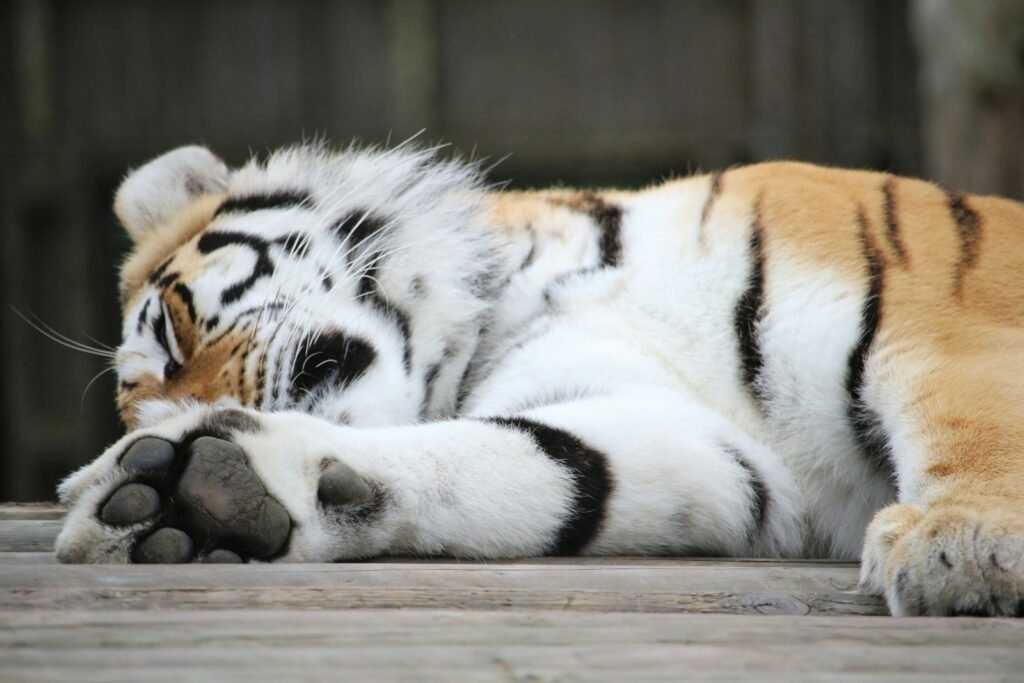
One of the key adaptations that enable big cats to move silently is their padded paws. These specialized pads not only provide cushioning and support for their powerful frames but also act as noise suppressors. The soft, padded structure absorbs the sounds of footsteps, allowing these predators to creep up on their prey without alerting them to their presence.
Camouflage: Blending into the Environment
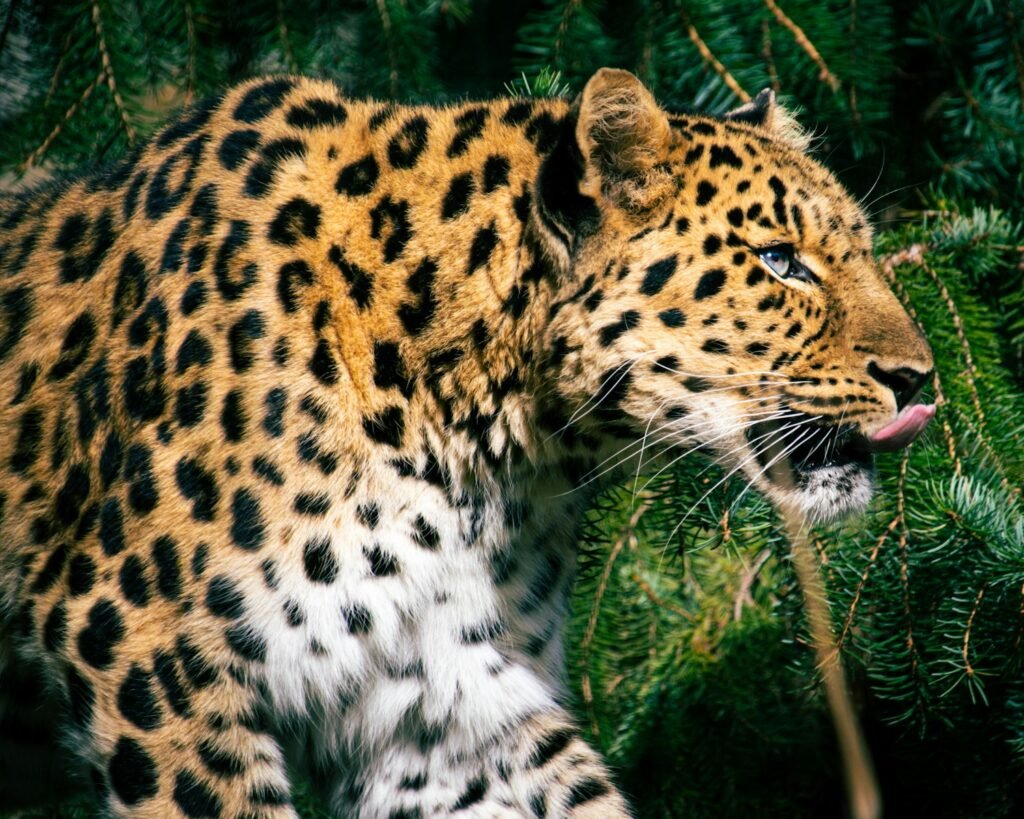
Big cats are often adorned with coats that blend seamlessly into their surroundings, offering them the perfect camouflage. For instance, a tiger’s stripes may look striking to us, but in the dense forests and grasslands they inhabit, these stripes break up their outline, making them nearly invisible. Similarly, the tawny coats of lions and the rosettes on leopards help them merge into the dappled sunlight of savannas and forests.
Stalking Strategy: The Right Approach
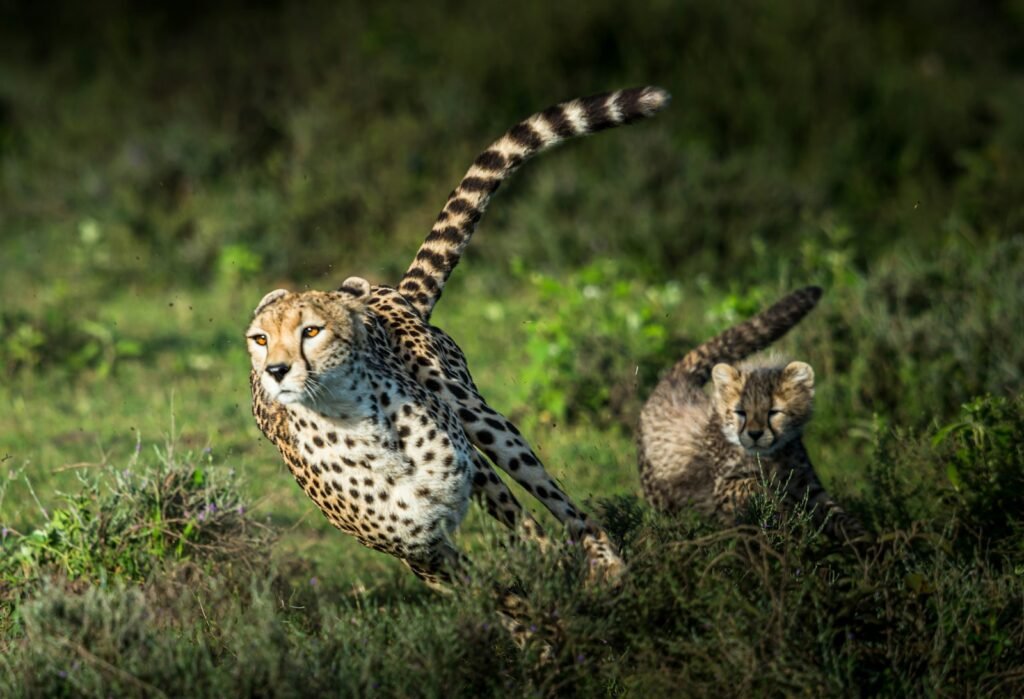
Approaching prey requires an understanding of angles, wind direction, and timing. Big cats employ a keen sense of awareness to move against the wind, preventing their scent from betraying their position. They maintain a low profile, minimizing their silhouette against the skyline while using natural cover like tall grass or rocky terrain to keep out of sight until the last possible moment.
Heightened Senses: Detecting the Unperceivable
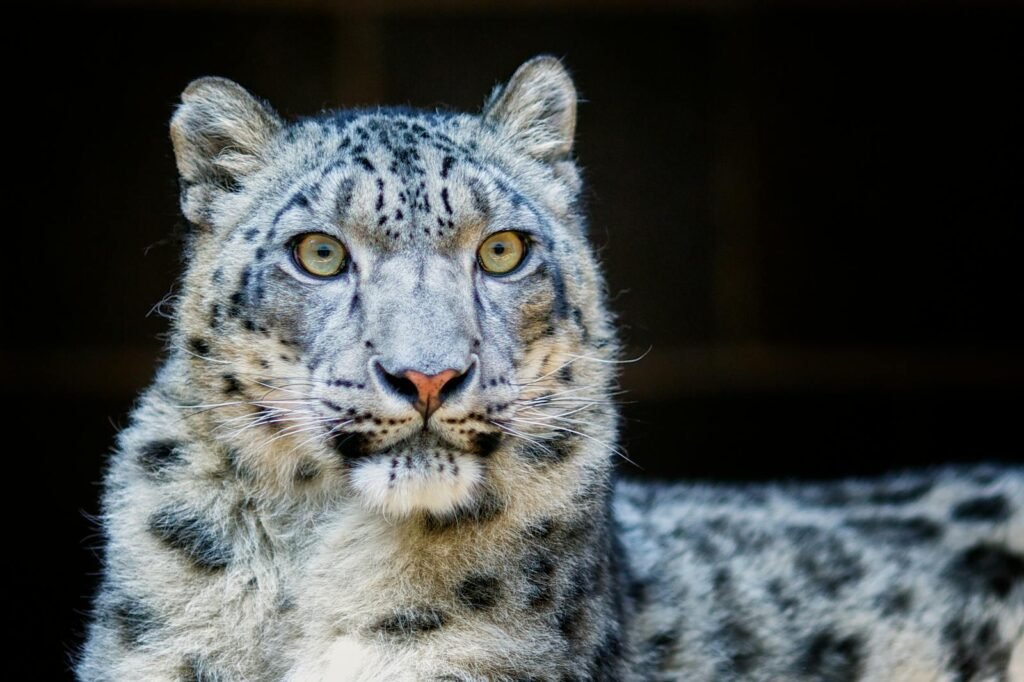
Big cats possess acute vision and hearing abilities and a highly developed sense of smell. Their forward-facing eyes allow for depth perception and focus on details from afar, while their sensitive ears can detect even the faintest rustle of prey. These enhanced senses help them assess and adjust their approach, improving their chances of a successful hunt.
Muscular Bodies: The Power to Pounce
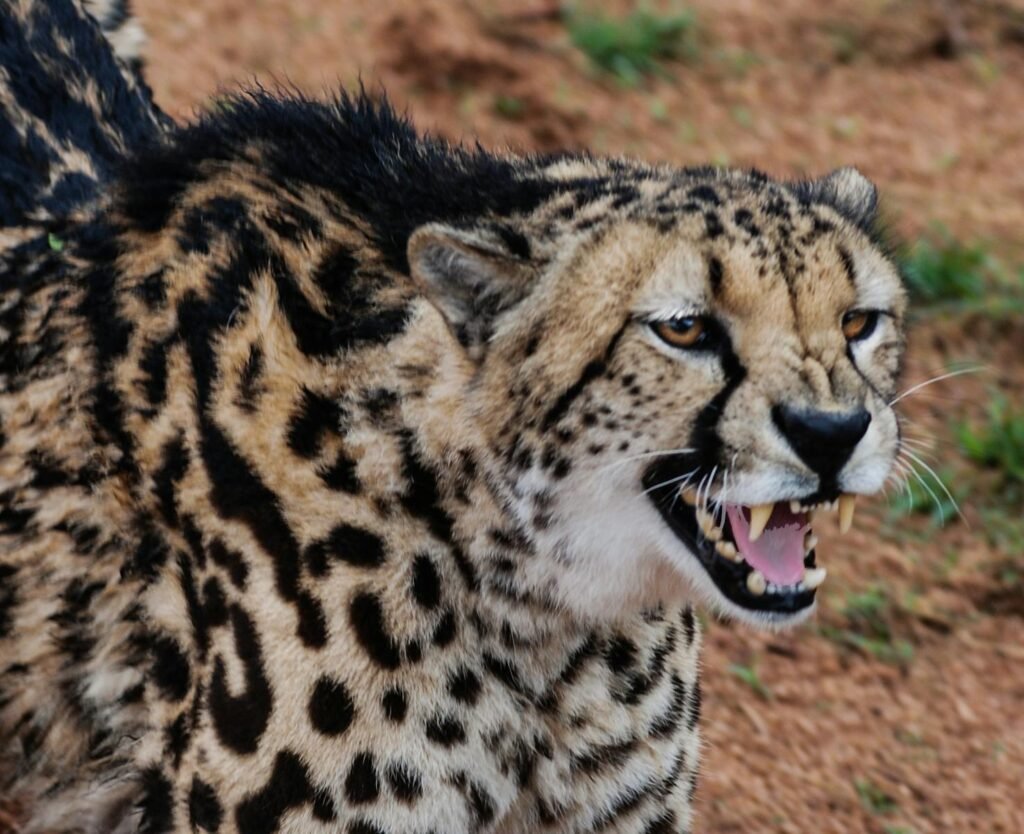
While stealth is crucial for getting close to prey, the power and speed required to make the final pounce are equally important. Big cats are muscular and agile, capable of sudden bursts of speed that allow them to leap onto prey with precision. Their powerful hind legs provide the necessary thrust, enabling a lightning-fast acceleration and often sealing the fate of their unsuspecting target.
The Role of Patience: Waiting for the Perfect Moment
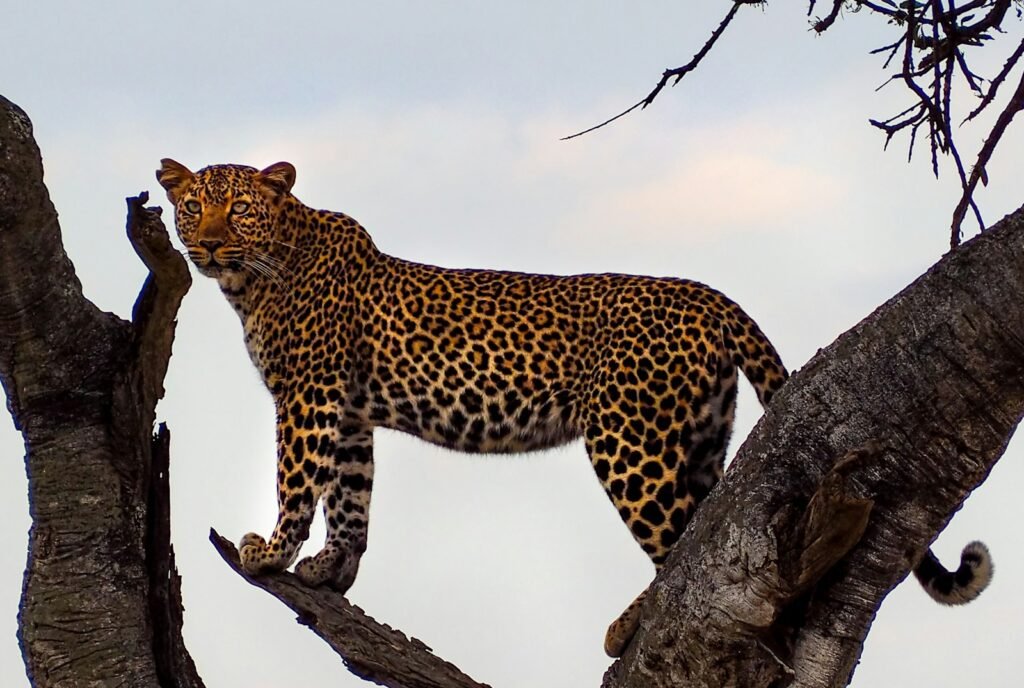
Hunting big cats is as much about patience as it is about skill and strength. These predators are known to observe their prey for extended periods, waiting for the ideal moment to strike. This patience ensures that they expend energy only when success is most likely, enhancing their efficiency as hunters.
Cooperative Hunting: Strength in Numbers
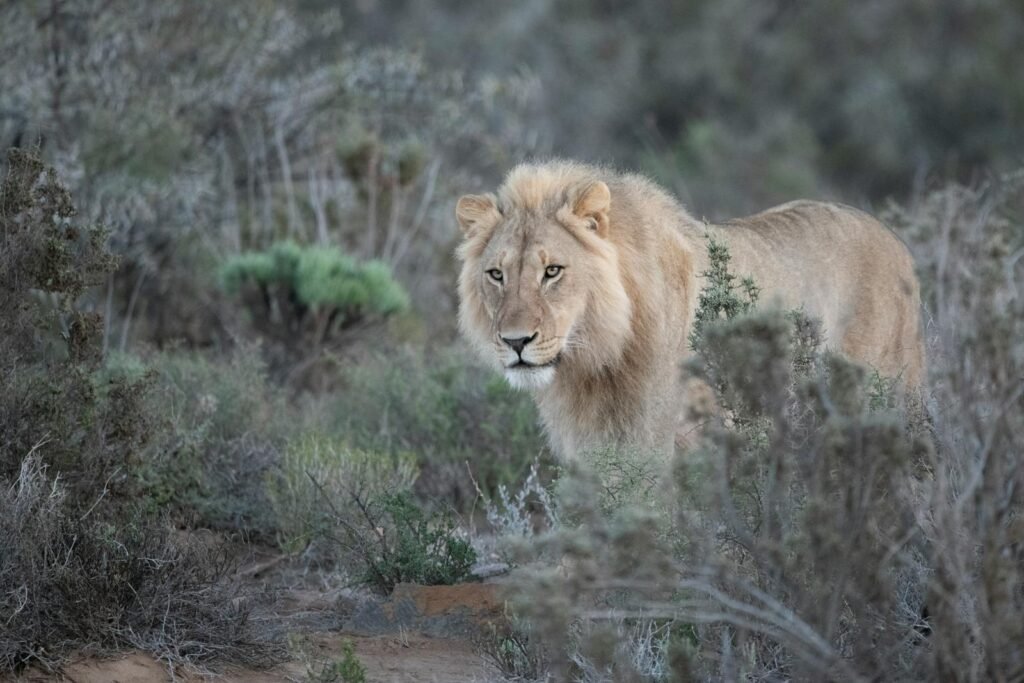
Some big cats, like lions, hunt in groups known as prides. This cooperative hunting strategy allows them to take down larger prey and offers each member a better chance of a successful hunt. While the approach may differ—with some lions causing a disturbance to flush out prey while others lie in wait—the silent communication and coordination within the group are a testament to their sophisticated hunting prowess.
Learning the Craft: Cubs in Training
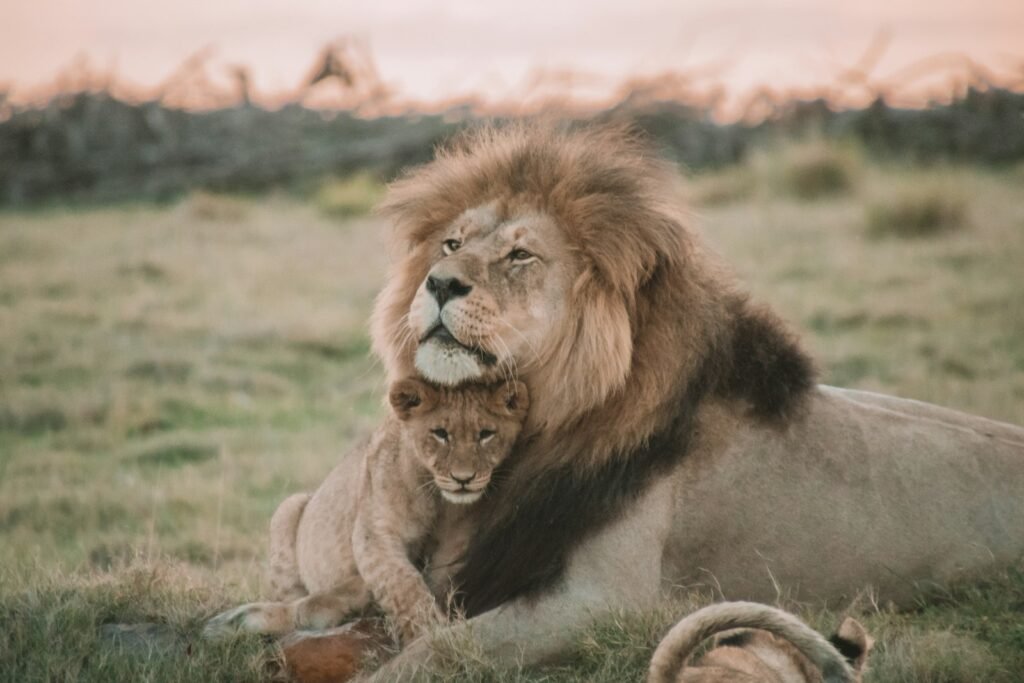
Young big cats learn to stalk from their mothers, gradually refining their skills through practice and imitation. Cubs observe and participate in hunts under the supervision of more experienced hunters, slowly developing the stealth and strategy required to become proficient predators. This learning phase is essential for their development and survival.
Adapting to Prey: Tailored Techniques

Different environments and types of prey require adaptations in stalking techniques. For instance, a snow leopard in the mountains may rely more on stealth and camouflage, while a cheetah on the plains uses speed and surprise. These felines are adaptable, tailoring their approach based on the habitat and prey type, showcasing their versatility as hunters.
Concluding Thoughts: Masters of the Silent Hunt

Big cats are extraordinary predators, masterfully combining stealth, strength, and strategy. Their ability to stalk prey without making a sound is a testament to the marvels of evolution, a blend of instinctual behavior and physical adaptations that ensure their survival in the wild. The next time you marvel at the grace and power of a big cat, remember the intricate skills and adaptations that make them the silent stalkers of the animal kingdom.

Growing up traveling and experiencing new cultures and wonders, I have had a passion for nature, adventuring, photography, and videography. I am currently working towards a BSc in Biodiversity and Ecology at Stellenbosch University, and I hope to specialise in Marine Sciences one day.
Please send any feedback to Feedback@animalsaroundtheglobe.com






